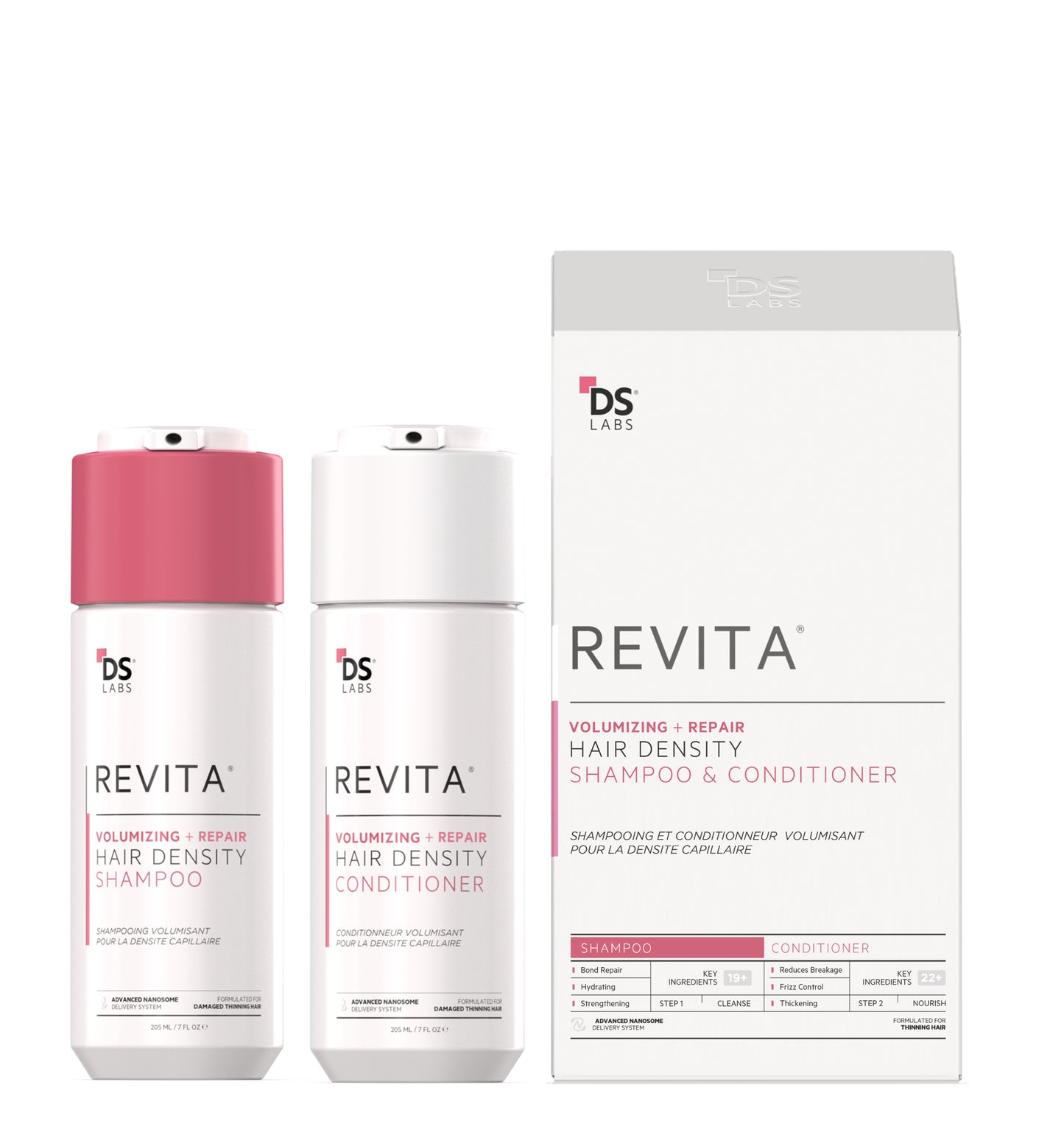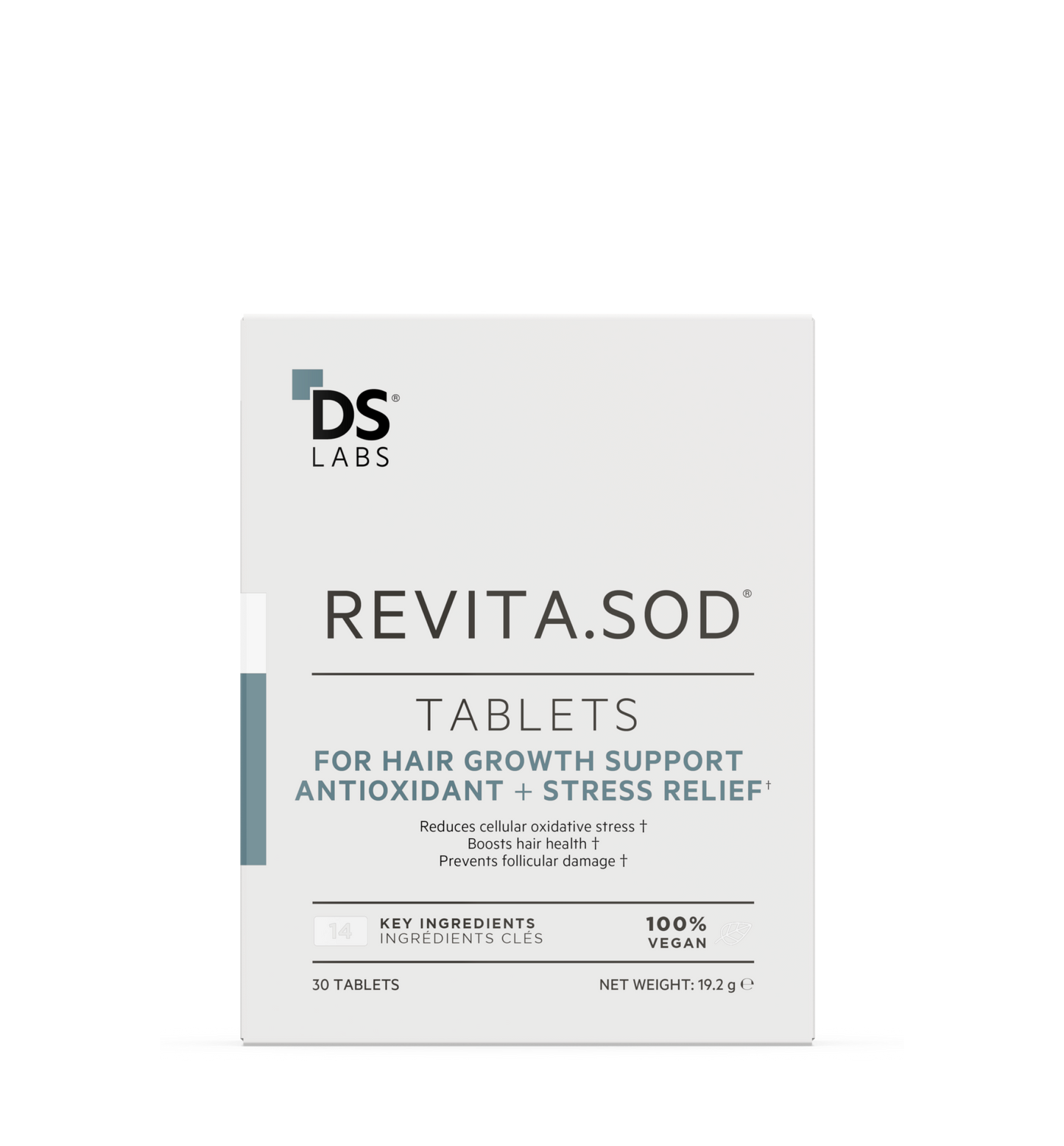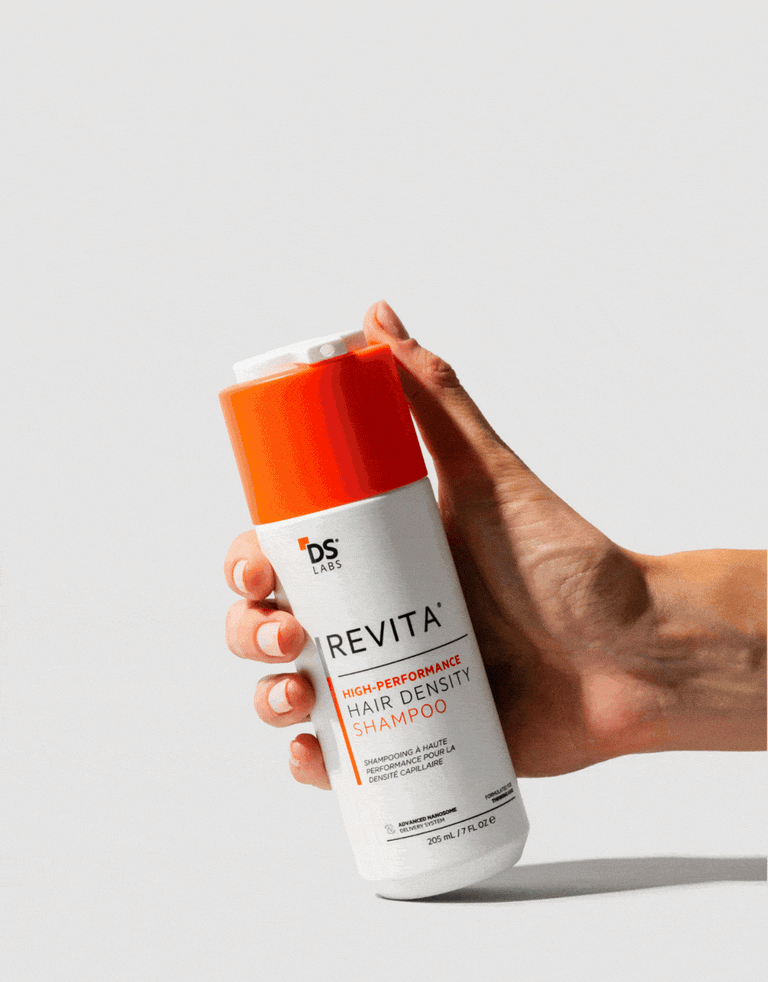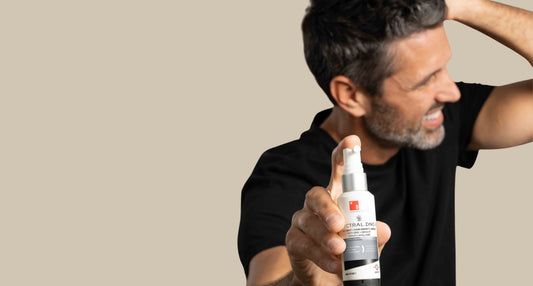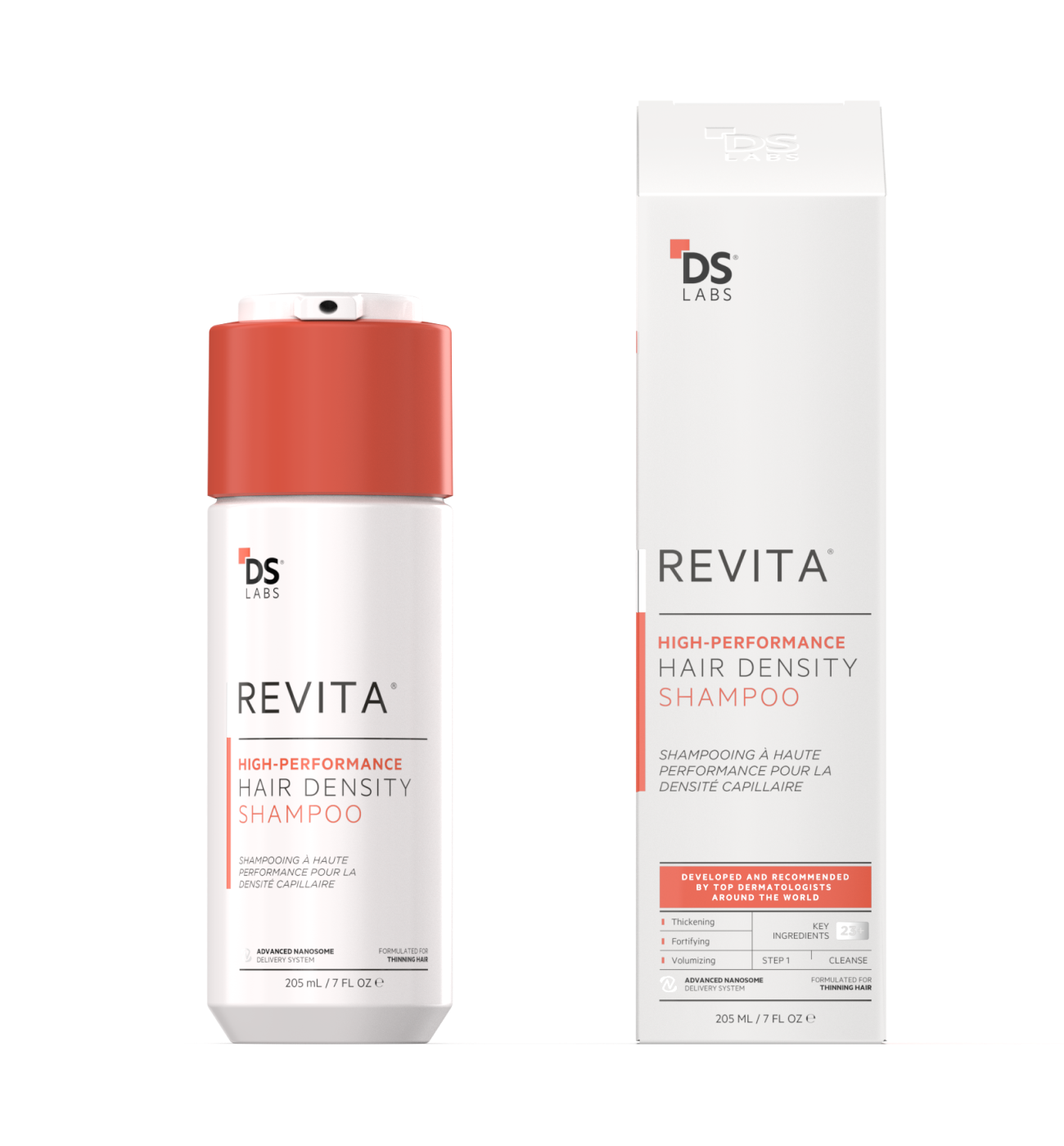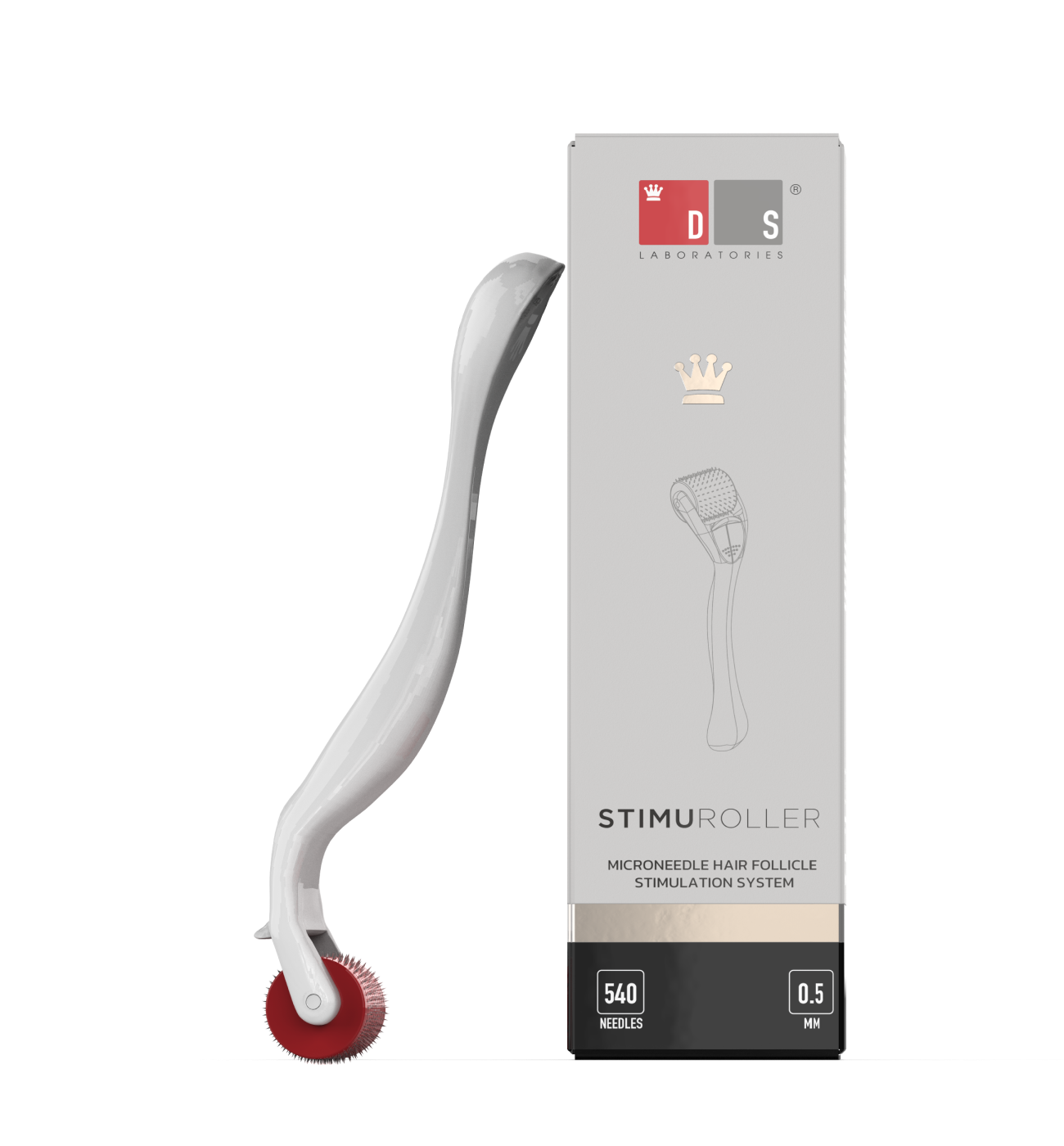If you’ve ever stepped off a plane and felt like your hair instantly changed personalities, you’re not imagining it.
Some cities make your hair look fuller and smoother — others turn it flat, frizzy, dry, or oddly unmanageable.
Travel exposes your hair to a new environment, and your hair responds faster than almost any other part of your body.
Here’s what’s actually happening.
1. Water Quality (The #1 Reason Hair Behaves Differently)
Not all water is created equal — and your hair knows it.
Hard Water (High Mineral Content)
Found in cities like Los Angeles, Phoenix, and Miami.
Rich in calcium and magnesium, which:
- Leave a film over the hair
- Reduce shine
- Make hair feel dry or tangled
- Weigh down fine hair
- Block moisture from penetrating
If your hair looks dull or feels “stiff” after washing in a new city, this is the culprit.
Soft Water
common in NYC, Seattle, and major European cities.
Soft water makes hair feel:
- Silkier
- Softer
- More slippery (sometimes too slippery)
- Harder to add volume
If your blowout collapses in soft-water cities, now you know why.
2. Humidity Changes Your Hair Structure Almost Instantly
Hair is like a sponge — it absorbs water molecules from the air.
High Humidity
Think Miami, Singapore, New Orleans.
Moisture in the air causes hydrogen bonds in your hair to rearrange, leading to:
- Frizz
- Curl pattern changes
- Swelling in the cuticle
- Loss of definition
Even straight hair can puff out in humidity.
Low Humidity (Dry Climates)
Think Arizona, Las Vegas, Denver.
Dry air pulls moisture out of the hair, which often causes:
- Static
- Brittle ends
- Flat roots
- Thirsty, rough texture
Your hair may feel lighter but more fragile.
3. Air Pollution Literally Settles Into Your Hair
Every city has a unique “pollution fingerprint.”
Particles from traffic, factories, or dust storms sit on the hair and scalp, leading to:
- Dullness
- A coated feeling
- Faster buildup
- Scalp irritation
- Weighed-down strands
Big cities like Mexico City, NYC, and Paris tend to make hair feel dirty faster — even if you washed it yesterday.
4. Altitude Affects Hydration Levels
Higher altitude = less moisture + more UV exposure.
Cities like Denver or Mexico City can make hair feel:
- Dryer
- More fragile
- Prone to breakage
- Lighter but less manageable
UV exposure also breaks down hair proteins, which contributes to rough texture over time.
5. Local Climate Shapes Oil Production
Your scalp is smart — it adjusts based on environment.
In humid or warm climates:
Your scalp may produce more oil to protect itself from heat and UV.
In dry, cold climates:
It may produce less oil, causing dryness or flakes.
This is why you might wash your hair every 2 days at home, but need a whole new rhythm when traveling.
6. Air Quality Inside Hotels or Airbnb Spaces Matters Too
Most people don’t realize this, but indoor environments affect hair just as much:
- AC can dry out hair
- Central heating removes moisture
- Softened hotel water changes texture
- Old buildings may carry dust or micro-pollutants
Sometimes it’s not the city — it’s the room.
7. Stress, Sleep, and Time Zone Shifts
Travel disrupts your body’s natural rhythms:
- Less sleep
- Higher cortisol
- Dehydration
- Inconsistent eating
All of these influence scalp behavior, shedding, hydration, and texture.
Hair reflects lifestyle changes faster than we think.
Why All of This Matters
Understanding how environment affects hair lets you predict changes rather than being surprised by them.
Hair doesn’t “misbehave” because it's difficult — it simply reacts to:
- Water minerals
- Humidity
- Pollution
- Altitude
- UV levels
- Indoor environments
- Stress
Your environment shifts your hair’s entire behavior, sometimes within hours.
A Small Shift That Helps Everywhere You Travel
The key is keeping your routine flexible — like adjusting your cleansing frequency, hydration level, or protective habits based on where you are.
You don’t need 10 new products when you travel.
You just need to understand the environment your hair is working in.



